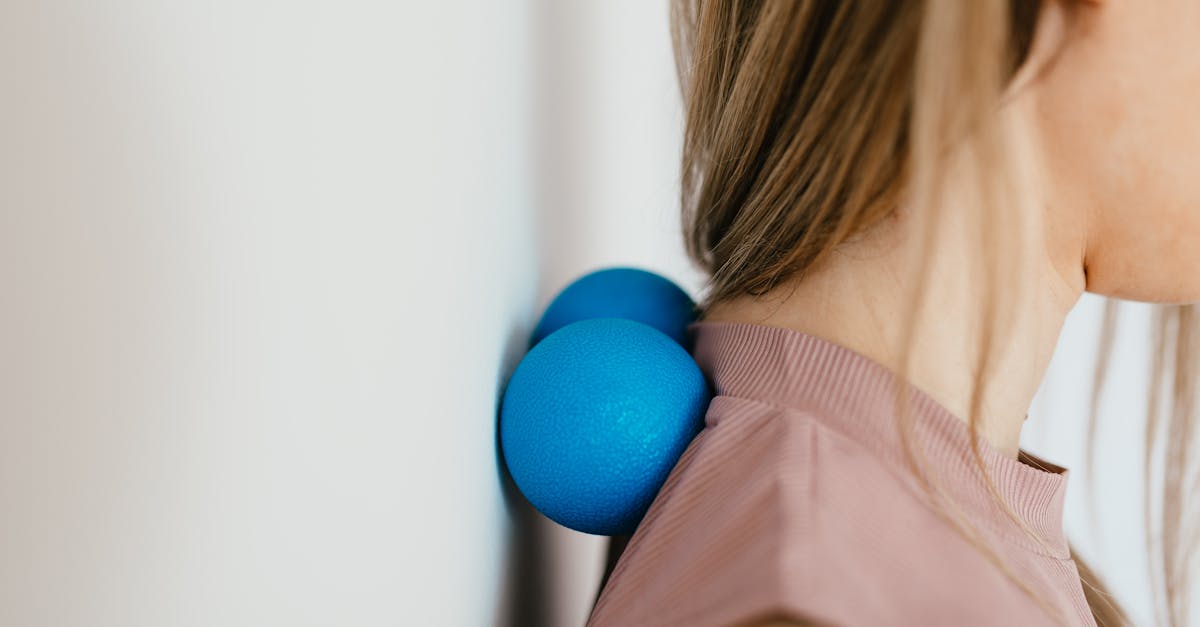Standing up should be a simple, effortless action. Yet, for many individuals, it can be accompanied by discomfort and even pain in the legs.
Leg pain when standing up is not just an inconvenience; it can significantly impact daily life and mobility. Understanding the root causes behind this discomfort is crucial for finding effective solutions that go beyond mere symptom management.
Leg pain, including pain below the knee (reported by 76% of people), was prevalent among 96% of individuals potentially experiencing neuropathic pain. Nevertheless, leg pain was more frequently observed in patients with nociceptive pain, indicating that while leg pain may indicate possible neuropathic pain, it lacks specificity in diagnosis.
Here in this blog, we will explore the potential causes of Leg Pain When Standing Up and the role of pulse Align as a holistic approach to addressing the root causes of the pain.
Understanding Leg Pain When Standing Up
Leg pain when standing up can stem from various factors, including muscle strain, nerve compression, joint issues, or circulation problems. It’s essential to distinguish between acute pain, which may result from temporary strain or injury, and chronic pain, which persists over time and often indicates underlying issues.
Common Causes of Leg Pain When Standing Up
Muscle Strain: Overuse or sudden movements can strain muscles in the legs, leading to pain when bearing weight.
Nerve Compression: Conditions like sciatica or lumbar spinal stenosis can cause compression of nerves, resulting in radiating pain down the legs, particularly when standing.
Joint Problems: Arthritis or injuries to the joints can cause discomfort and stiffness, especially with weight-bearing activities.
Circulatory Issues: Poor circulation can lead to inadequate blood flow to the legs, causing pain and fatigue, particularly when standing for extended periods.
The Pitfall of Symptom Management
In addressing leg pain when standing up, many individuals resort to temporary solutions like pain relievers or topical ointments. While these may offer short-term relief, they often fail to address the underlying issues contributing to the pain. Merely masking symptoms without addressing their root causes can lead to prolonged discomfort and potential exacerbation of the problem over time.
The Pulse Align Approach: Addressing Root Causes
Pulse Align offers a holistic approach to managing leg pain when standing up by focusing on addressing root causes rather than just symptoms. Rather than solely targeting the pain itself, Pulse Align aims to restore balance and functionality to the body as a whole.
Benefits of Pulse Align in Managing Leg Pain When Standing UP
Alignment: Pulse Align emphasizes proper alignment of the spine and musculoskeletal system, which can alleviate strain and pressure on the legs.
Mobility: By promoting flexibility and mobility, Pulse Align helps reduce stiffness and improve circulation, reducing discomfort associated with standing.
Core Strength: Strengthening the core muscles through Pulse Align exercises can provide better support for the spine and lower body, reducing the risk of strain and injury.
Mind-Body Connection: Pulse Align recognizes the interconnectedness of physical and emotional well-being, addressing both aspects to promote overall health and vitality.
Embracing Lifestyle Changes for Improved Well-Being
While Press Align can be a valuable tool in managing leg pain when standing up, it’s essential to complement it with lifestyle changes that support overall health and wellness. This includes maintaining a balanced diet, staying physically active, practicing stress management techniques, and ensuring proper ergonomics in daily activities.
Conclusion: A Natural Return to Normal Function
In conclusion, leg pain when standing up is a common issue that can significantly impact daily life and mobility. Rather than merely masking symptoms, addressing the root causes of this discomfort is key to achieving long-term relief and improved well-being. Pulse Align offers a holistic approach that focuses on restoring balance, mobility, and vitality to the body.
While complete healing may not be guaranteed, the elimination of symptoms with the Pulse Align approach can be attributed to a natural return to well-being rather than a direct result of the care system alone. By inviting readers to consider lifestyle changes and explore Pulse Align for improved well-being, we empower them to take proactive steps towards a healthier, pain-free life.
Reference
Harrisson, S.A., Ogollah, R., Dunn, K.M., Foster, N.E., & Konstantinou, K. (2020). Prevalence, characteristics, and clinical course of neuropathic pain in primary care patients consulting with low back-related leg pain. The Clinical Journal of Pain, 36(11), 813-824.https://www.sciencedirect.com/science/article/abs/pii/S0304395911001424
As the visionary CEO of Pulse Align, François is dedicated to transforming the landscape of pain management and posture health. With a deep-rooted passion for innovation and a commitment to excellence, François leads the team in developing cutting-edge solutions that empower individuals to live healthier, pain-free lives. Under his leadership, Pulse Align has become a beacon of hope and support for those navigating postural-related issues and chronic pain. François brings a wealth of experience in neuromodulation and patient management technologies, combining strategic insight with a compassionate approach to address the unique challenges faced by each individual.




